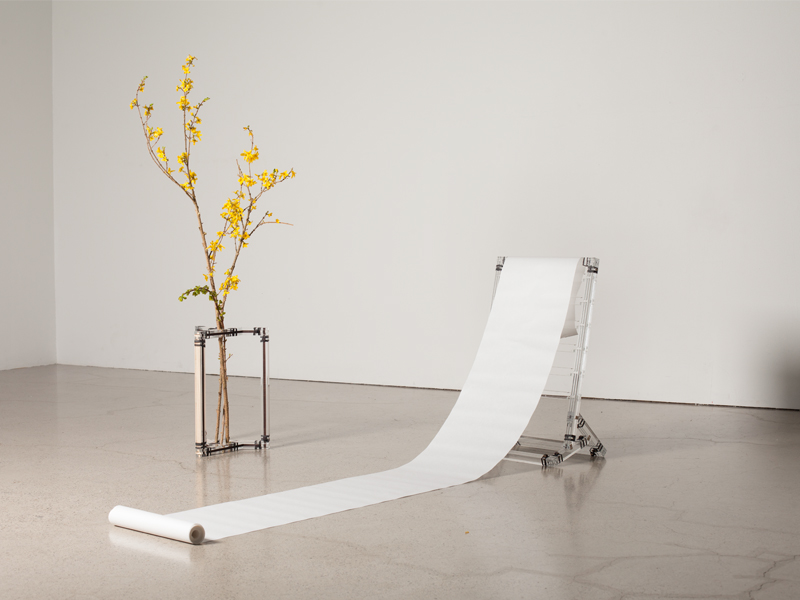
Exploring the potential
of Japanese joineries


Japanese Joinery is an old technique that combines pieces of wood without the use of nails or other aids. It is a technique commonly found in traditional Japanese architecture and has with time evolved into hundreds of different types of joineries.


In my project I wanted to explore the potential of Japanese joineries from a designer’s perspective. I wanted to see how modern production methods and new materials could give suggestions for further evolvement.

By making the technique digital and optimised for low scale production methods such as laser cutting, the technique is no longer reserved skilled carpenters, but available for anyone with a computer anywhere in the world.
This supports the local production labs, local materials and minimize transportation emissions.


The pieces are combined using elastics, which makes them easy to assemble and dismantle, facilitate for reusing pieces and replacing broken parts, and creates room for personalisation.

The objects are example structures of how the technique can be used and produced in different materials using the laser cutter.
Photos by Kjartan Vaaland

